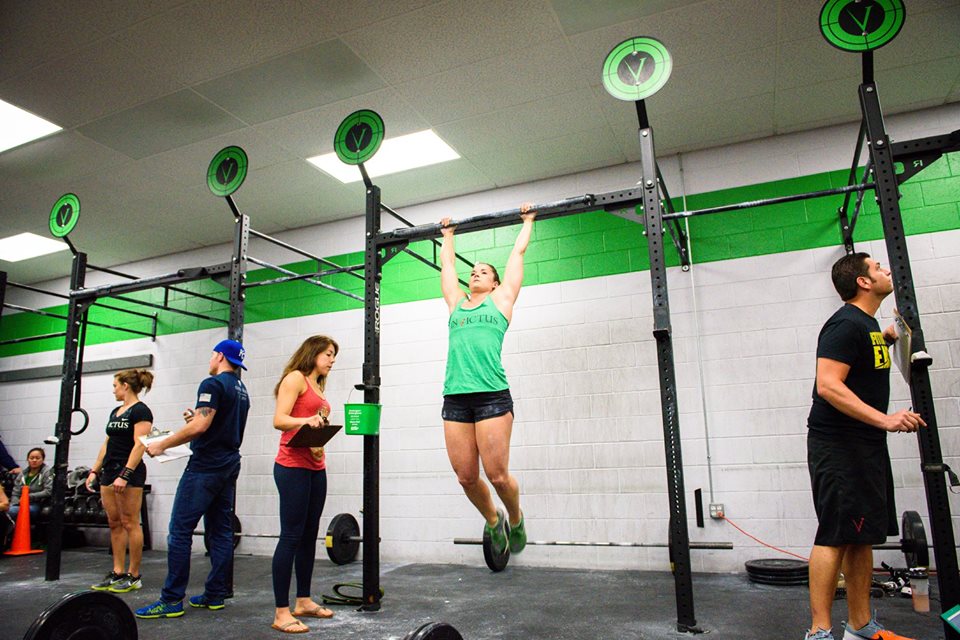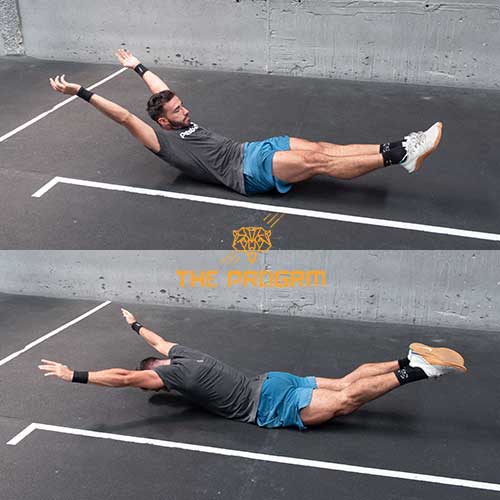


Stability Ball Wall Squat – Even though this one is classified as a squat progression, the movement is very similar to a wall sit.Advance them once this movement becomes efficient. If they cannot control the movement during the entire descent, and fall to the seat, choose a box/bench that reaches a few inches above the knee joint. Instruct them to sit down and stand up without any assistance of the hands. Have the back of the client’s heels placed 4-5” away from the box. Squat and Sit – Use a plyo box or bench that reaches to knee height on the client.You don’t want to advance a client too quickly and have them feeling discouraged when they just cannot attain the next movement, thus needing to move back to where they were.

This is why I believe being patient within the progression process is one of the most important aspects of teaching a squat to a beginner. It left me, and unfortunately the client, feeling a bit silly when we tried to move forward only to be thrown back to the previous stage. My first mistake was not being patient in the progressions. All of my struggle for your gain, I will lay out what I have found most effective as well as discuss a common alignment myth.
#TOES TO BAR PROGRESSION HOW TO#
Trying to figure out how to verbally and physically cue in a way that made sense, as well as how to effectively strengthen their body outside of the squat movement to prepare for the squat. I’ll be honest, the first times through were a lot of me guessing and checking. Identifying common errors, knowing how to correct them and progressing a client properly are key components for performing squats effectively. I’ve found this to be true especially with clients who are brand new to fitness. Squats seem straightforward but teaching this movement properly with good alignment can be quite challenging.


 0 kommentar(er)
0 kommentar(er)
